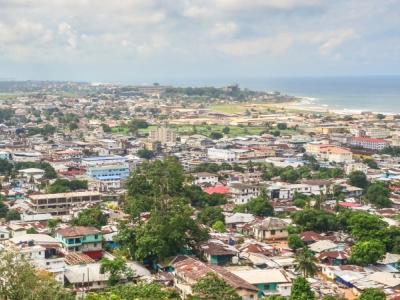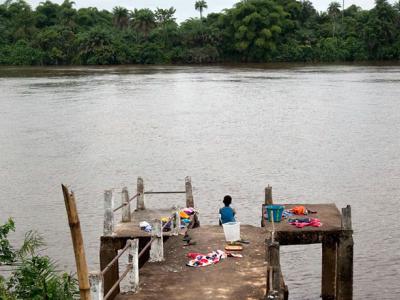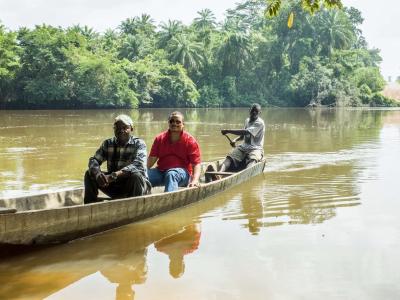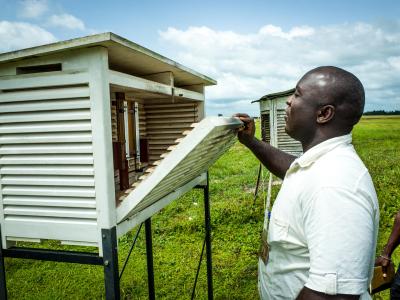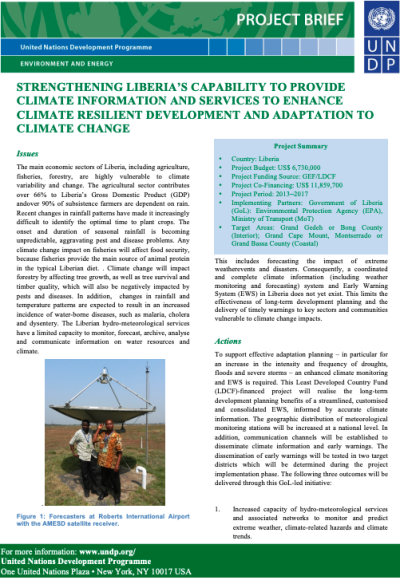Although endowed with bountiful and diverse natural resources, Liberia has become susceptible to the adverse effects of climate change. Contributing factors include shifting cultivation, unsustainable logging practices, unregulated coastal mining, high levels of biomass consumption(charcoal and fire wood) and decreasing river flows due to high evaporation.
At the project level, several highest priority initiatives aimed at reducing the vulnerability of local communities to increasing climatic variability were identified through a participatory process, including: Integrated cropping/livestock farming with the objective of diversifying crop farming through the cultivation of soybeans, lowland rice and small ruminants rearing; Improved Monitoring of Climate Change with the objective of generating reliable hydrometeorlogical data and improving the measurement of climatic parameters
The population of Liberia is about 2.9 million (Ministry of Planning, 2003), with an annual growth rate of almost 5 percent – one of the highest in the world. Population density throughout most of the country is less than 30 people per square kilometre, except in certain location by the coast and in the north where population density per square kilometre is considerably higher – over 340 people per square kilometre. Liberia is situated on the Atlantic Coast of West Africa along the wide South-West Curve North of the Gulf of Guinea Coast (see figure to the right). Lying within Longitude 7o 18’ –11o 30’ West and Latitude 4o 20’- 8o 30’ North, Liberia covers an area of 38,000 square miles (just over 102 thousand square kilometres).
Much of the effects of increasing climatic variability and climatic change threaten key economic sectors in Liberia, namely agriculture, fisheries, forestry, energy, health, meteorology/hydrology.
Active Projects
Projects Completed
Latest Updates
See allLatest Publications
See allThe main economic sectors of Liberia, including agriculture, fisheries, forestry, are highly vulnerable to climate variability and change. The…



